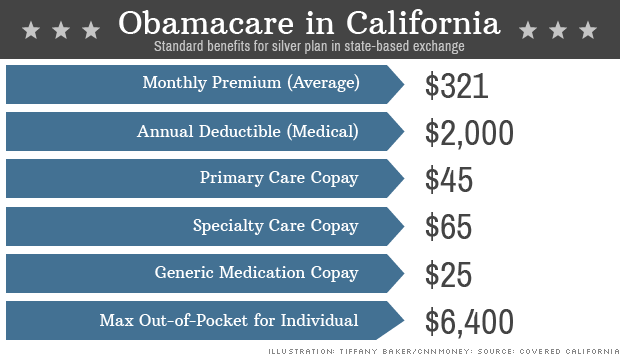... For several years now, health care experts have been issuing warnings about an impending severe shortfall of primary care physicians. Policy makers have suggested that nurse practitioners, nurses who have completed graduate-level studies and up to 700 additional hours ofsupervised clinical work, could fill the gap.
... Analyzing questionnaires completed by almost 1,000 physicians and nurse practitioners, researchers did find that almost all of the doctors and nurses believed that nurse practitioners should be able to practice to the full extent of their training and that their inclusion in primary care would improve the timeliness of and access to care.
But the agreement ended there. Nurse practitioners believed that they could lead primary care practices and admit patients to a hospital and that they deserved to earn the same amount as doctors for the same work. The physicians disagreed. Many of the doctors said that they provided higher-quality care than their nursing counterparts and that increasing the number of nurse practitioners in primary care would not necessarily improve safety, effectiveness, equity or quality.
A third of the doctors went so far as to state that nurse practitioners would have a detrimental effect on the safety and effectiveness of care.
Optimal patient care depends on a cohesive team. The ongoing strife between NP's and MD is the antithesis of team, putting patients' interest secondary rather than at the forefront. To those wonks and "health policy scientists," I would ask who cares for them and for their families. I'm quite sure our legislators have a primary care doctor, not a primary care "noctor."
Consider the story of the six dollar haircuts:
This is a true story about a third generation barber in a small community in the Mid-west. The shop had been handed down from his grandfather and developed not just a hair salon but more of a community center where the farmers and families would come in not only to get their hair done, but enjoy the coffee and donut bar and spend time with their neighbors sharing the news of their farms and families. This shop had grown to include 10 stylists who cut all the men’s hair and all the women’s hair in the community.
The owner’s son came home from graduate school over spring break, to find his father depressed and reclusive. Finally getting his father to share what the problem was, the father confided that there was a new, national chain that had been moving across the country, bringing in cheap hair salons into all of the different communities and driving everyone out of business. And so, even though the community had loved all of the work that he had done, the perms and the haircuts and the styles over the years, right down the street opened up this new shop. It offered six dollar haircuts. Person after person had left to go to the new low cost shop.
The father told his son, “There is absolutely NO way I can compete with $6.00 haircuts. So much of my clientele has now gone to the new shop that I have no choice but to close our shop. After three generations, we are going bankrupt. I can’t pay the stylists or the overhead anymore,” he despondently said with his hands covering his face so his son would not see the tears rolling out of his eyes.
The son said, “You know, this last semester I took a “science of success” program that was offered for extra credit in my marketing class. One thing I learned was something that Einstein said. He said that “The significant problems we face can never be solved at the level of thinking of the problem.” So, Dad, we have to find another way to think about this. We’ve got to find another way to see this. Another one of the strategies I learned may help us.”
So the son left the room and brought back a notebook and a pen. He told the Dad about “Masterminding”, a strategy introduced in the 1930′s by Napoleon Hill who had been commissioned by Andrew Carnegie to study the patterns of extremely successful people.
“Here’s what we do. We let ourselves think of any idea that comes to mind and we write it down. No editing. We get a flow of ideas for 15-20 minutes and try to get as many as possible. No idea is off limits. Let’s go.”
The father said, “Well, the only idea I’ve got is..close the shop!” The son said, “Well, you’re right that IS an idea.” He wrote it down. Then the son said, “Ok, let’s keep going.” Before long the son and the father started getting a flow of ideas and writing down every one of them, even every crazy thing that came to mind. When they finished, one of the ideas absolutely jumped off the page and they looked at each other in astonishment and said, “This just might work!” The son left the next day to go back to college.
The father implemented the idea. Within 6 weeks, not only had his drop in clientele completely returned, but the number of customers was now 11% higher than ever in the history of the shop. Do you know what the idea was that turned sure failure into a new course of increasing success?
The idea was, “Place a BIG sign on top of the shop that read,
“WE FIX SIX DOLLAR HAIRCUTS!!”
If the predicted primary care shortage occurs, physicians will need to be ready to fix more than a few six dollar haircuts. Our patients will depend on it.

